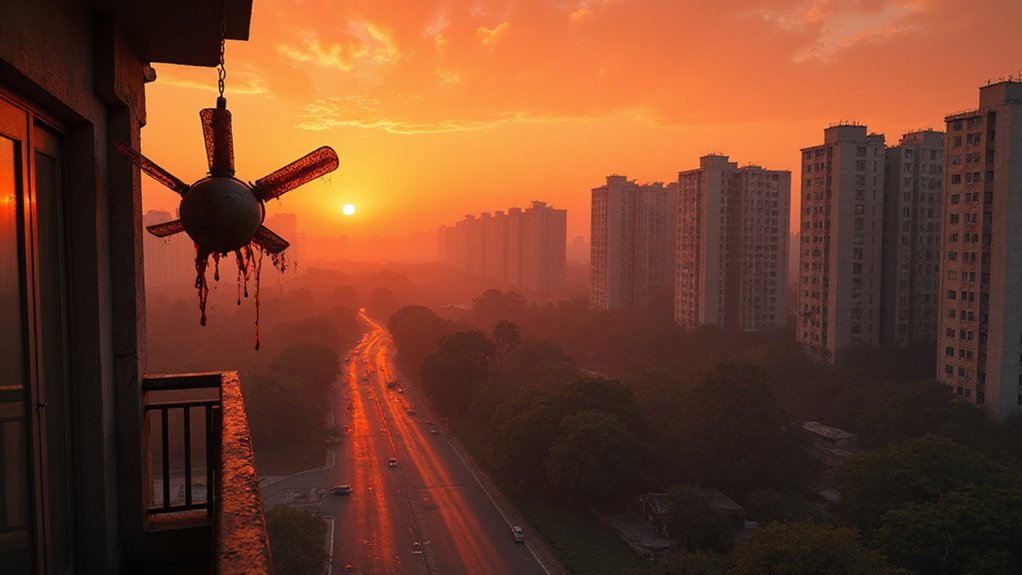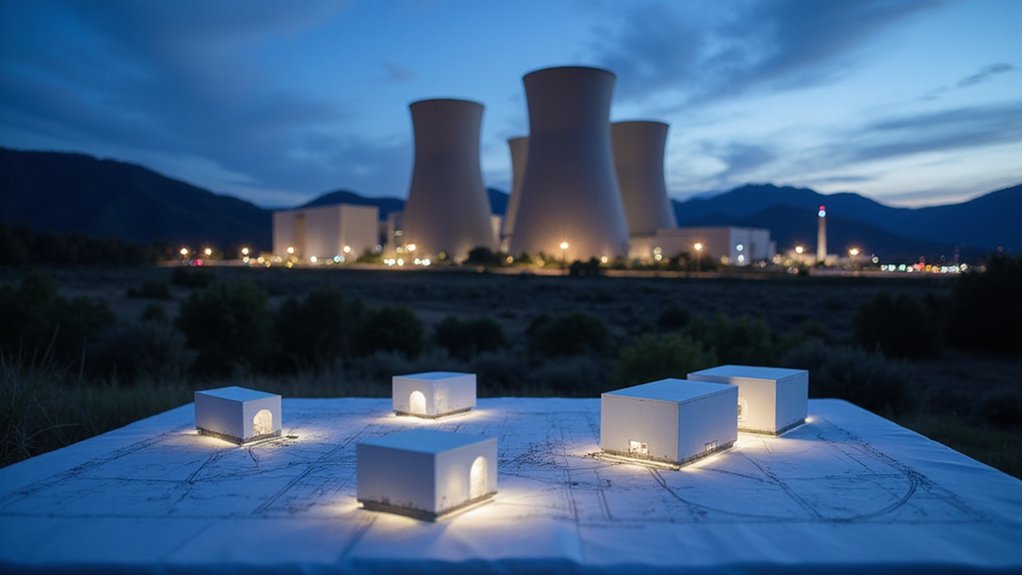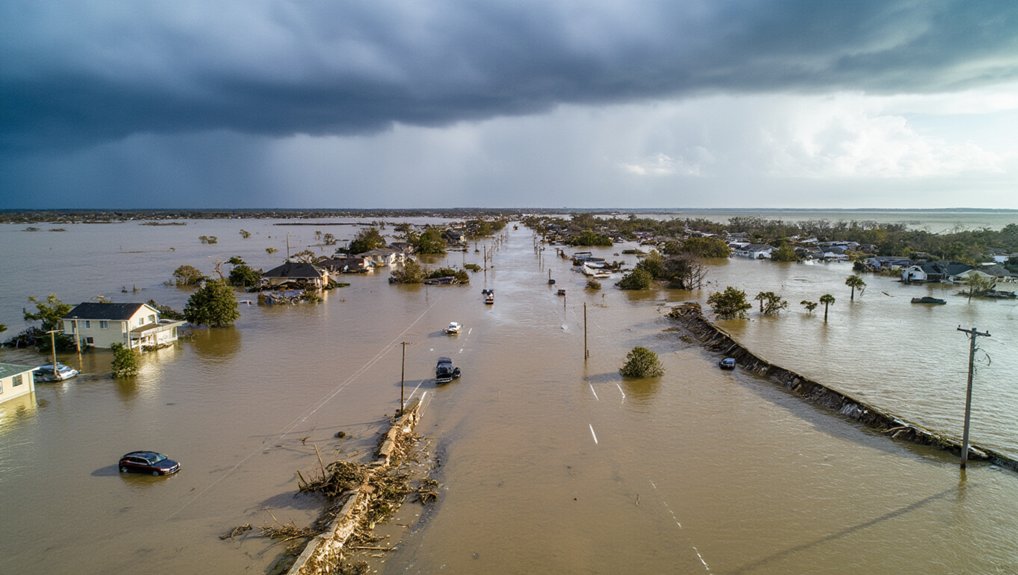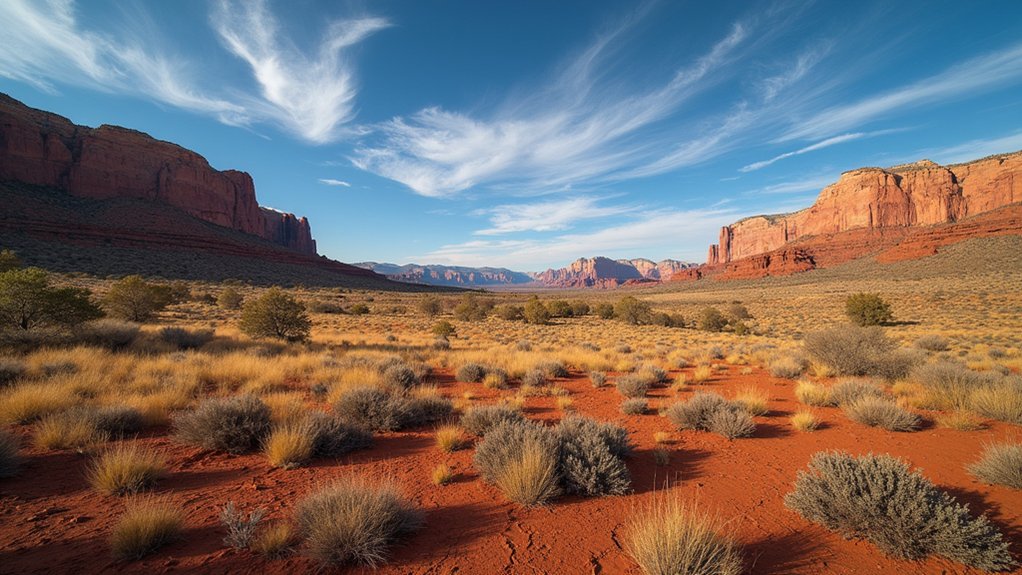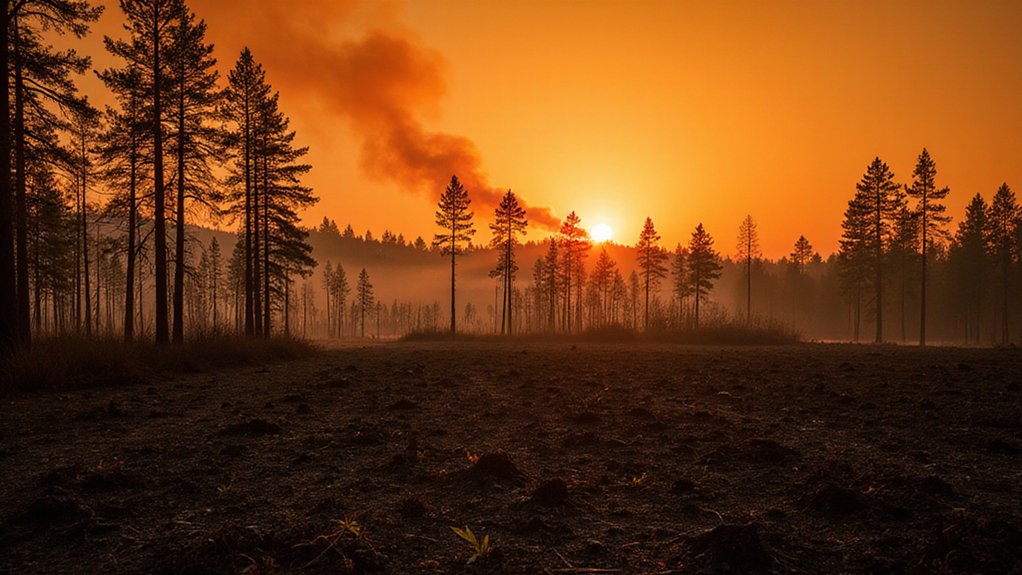As temperatures in India continue to rise, cities across the nation are experiencing a troubling phenomenon known as the Urban Heat Island effect. This effect makes urban areas markedly warmer than surrounding rural regions, with temperature differences typically ranging from 2-10°C. In Indian megacities, these differences can soar up to 8°C above rural baselines, with New Delhi summer temperatures often 7-10°C higher than surrounding areas. On calm nights in Delhi, this gap can reach a staggering 12°C.
The main culprit behind these urban heat islands is rapid urbanization. Farmlands and wetlands are being converted into heat-trapping concrete and bitumen sprawls. In Pune, urbanization increased from 44.8% in 2012 to 55.17% by 2023. The construction boom includes apartment blocks, tech parks, and townships that replace cooling vegetation with heat-absorbing materials.
Our cities are becoming concrete infernos, trading natural cooling systems for heat-absorbing urban jungles.
Bengaluru provides a stark example of this thermal evolution. Its population exploded from 745,999 in 1950 to 13.6 million today, driven by the infotech industry boom since the 1990s. Heat islands that were once confined to the urban center are now expanding to suburbs and neighboring villages. A 2025 study analyzing NASA satellite data shows increasing night-time temperatures in suburban areas. In Bengaluru, a persistent UHI effect has been documented with city temperatures 1.43°C warmer than non-urban areas during dry-season nights.
Research in Pune from 2012 to 2023 found maximum temperatures increased between 0.13°C to 1.63°C across almost all study sites. Heat island intensities varying from 2°C to 8°C were observed at four of six sites. Urban land cover was identified as the primary factor for heat islands at two sites. The recent heatwave that struck India in April 2025 exacerbated these conditions, with urban areas like New Delhi experiencing temperatures 5°C above seasonal averages.
The consequences of these urban heat islands are serious. They create thermal discomfort for residents, drive up energy use for cooling, worsen air pollution, and increase heat-related illnesses. Currently, only 8% of Indian households have room air conditioners, though this is projected to rise to 21% by 2027-28.
As cities continue to expand without proper planning for green spaces, millions of urban Indians find themselves trapped in increasingly unbearable heat.
References
- https://india.mongabay.com/2025/05/peri-urban-building-rush-fuels-urban-heat-islands/
- https://www.climameter.org/20250414-15-india-pakistan-heatwave
- https://orb.binghamton.edu/nejcs/vol7/iss1/8/
- https://www.lodhagroup.com/blogs/sustainability/urban-heat-islands-high-density-cooler-urban-development
- https://www.competitiveness.in/addressing-urban-heat-islands-in-india/
